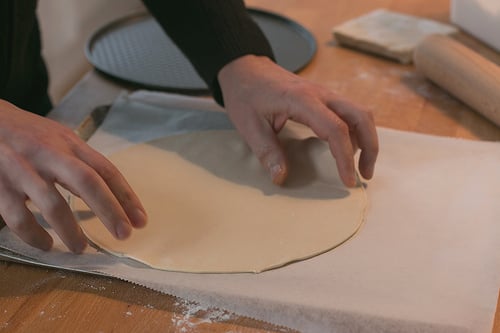Starting in late December, pastry shops in Paris start jumping the gun, and windows and showcases begin filling up with Galettes des rois, or King Cake, in anticipation of the celebration of Epiphany, on January 6th.

Because it’s such a popular treat, and lucrative for bakeries, the period of availability seems to extend a few more days every year and it’s not unusual for find bakeries peddling them until the end of the month of January. It’s hard to blame them (and those of us who buy them) because they’re so good. Years ago, I used to bake them when I worked in restaurants, and they’re called Pithiviers, named for the town in the Loiret (south of Paris) where they allegedly originated.
Continue Reading Galette des rois...
